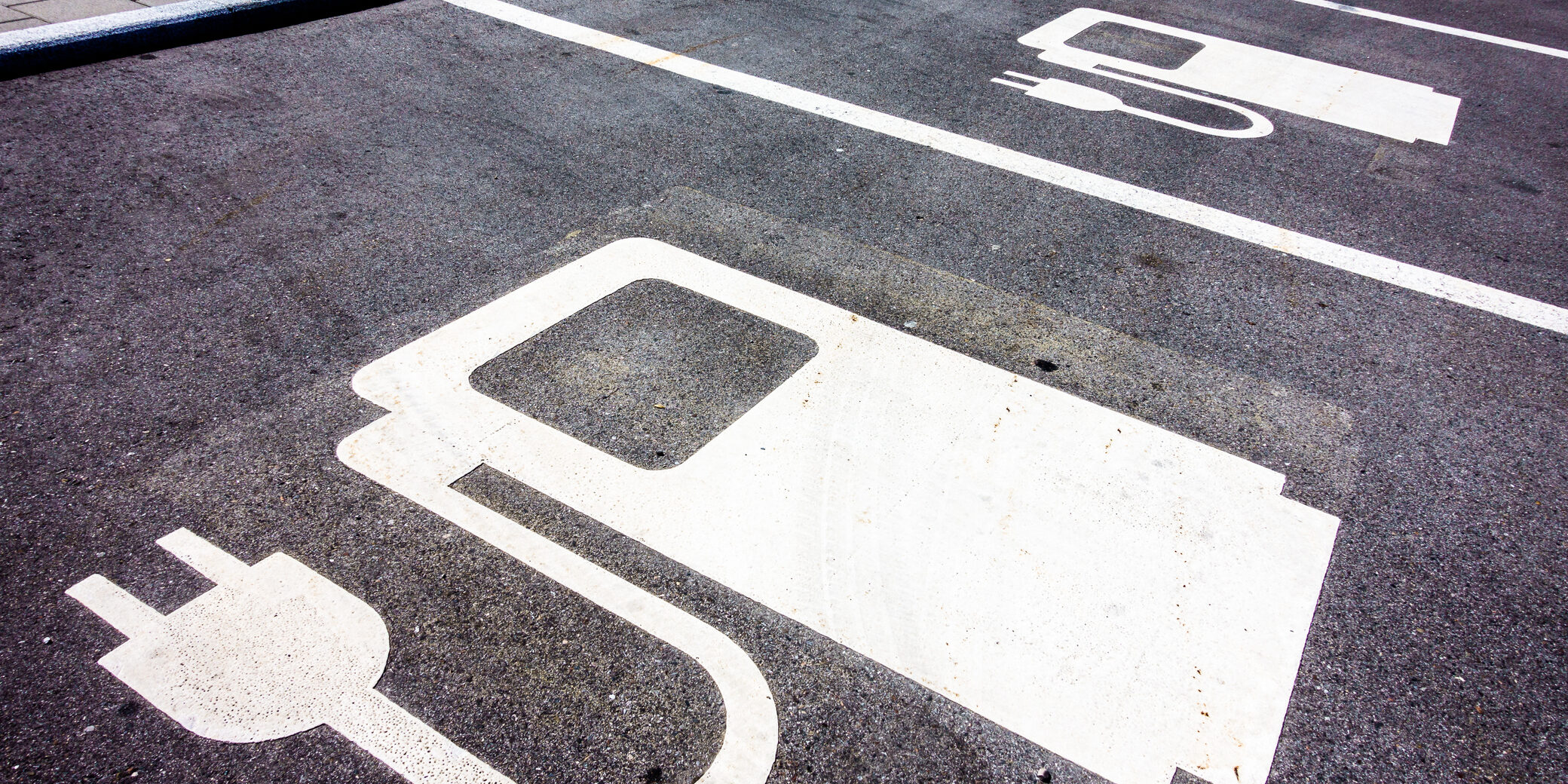Smart Buildings Blog
The latest on all things commercial building automation, energy management, and IoT
Electrification as a Sustainability Effort

Electrification refers to transitioning from traditional fossil fuel-based energy sources (such as gasoline, diesel, and natural gas) to electricity as the primary energy source for various sectors, including transportation, heating, and industrial processes. It involves replacing or retrofitting existing systems with electric-powered alternatives, such as electric vehicles (EVs), electric heat pumps for heating and cooling, and electric-powered machinery.
Adopting electrification in commercial buildings varies depending on geographical location, policies, and market conditions. The transition from fossil fuels to electrification is a gradual process. Various factors, including the availability of renewable energy, technological advancements, cost considerations, and government incentives or regulations, can influence it.
In recent years, there has been an increasing emphasis on sustainability and reducing carbon emissions in the commercial sector. Many commercial buildings are improving energy efficiency and exploring electrification options. Examples included transitioning to electric heating and cooling systems, installing electric vehicle charging infrastructure, and integrating renewable energy sources.
Electrification plays a crucial role in sustainability efforts for several reasons:
- Reduction of Greenhouse Gas Emissions: Electric power generation can be sourced from renewable energy sources like solar, wind, and hydro, which produce little to no greenhouse gas emissions. By electrifying sectors traditionally relying on fossil fuels, such as transportation and heating, overall carbon emissions can be significantly reduced, positively impacting climate change mitigation.
- Improved Energy Efficiency: Electric-powered technologies like electric motors and heat pumps tend to be more energy-efficient than their fossil fuel counterparts. By electrifying processes and systems, there can be a decrease in energy waste and more efficient utilization of energy resources.
- Local Air Quality Improvement: Shifting from fossil fuel-based systems to electric alternatives can significantly reduce local air pollution. Electric vehicles produce zero tailpipe emissions, improving air quality in urban areas, reducing smog, and better public health outcomes.
- Renewable Energy Integration: Electrification facilitates the integration of renewable energy sources into various sectors. Using electricity as the primary energy carrier makes harnessing and utilizing renewable energy generated from solar and wind power easier. This promotes the growth of renewable energy infrastructure and reduces dependence on non-renewable resources.
- Energy System Flexibility and Grid Optimization: Electrification enables greater flexibility and optimization of the electric grid. With smart grid technologies and demand-response programs, electrified systems can be managed and optimized to balance electricity demand and supply, leading to more efficient use of renewable energy and improved grid stability.
Electrification plays a crucial role in transitioning to a more sustainable energy system. By reducing greenhouse gas emissions, improving energy efficiency, promoting renewable energy integration, and enhancing local air quality, electrification contributes to mitigating climate change, improving public health, and advancing sustainability goals.
Let FSG Smart Buildings help your building become more efficient. Contact us and find out how we can deliver success for your organization today.
Interested in building automation and helping customers build smarter buildings? Come work for us! FSG Smart Buildings is hiring talented people looking for a great career in building automation.
More from the Blog

Building Automation Systems Are Key to Efficient Facility Management
Building Automation Systems Are Key to Efficient Facility Management
Facility managers responsible for multi-site operations understand how important it is to find ways to reduce energy consumption and minimize…

FSG Smart Buildings Wins Two Partner Leadership Awards
FSG Smart Buildings Wins Two Partner Leadership Awards
We are thrilled to announce that FSG Smart Buildings has been recognized with two Partner Excellence and Achievement Awards by Lynxspring. Award winners were…

What are the Benefits of Utilizing Lighting Controls?
What are the Benefits of Utilizing Lighting Controls?
Lighting control refers to the technology and systems used to regulate and manage artificial lighting in various environments. It involves…
